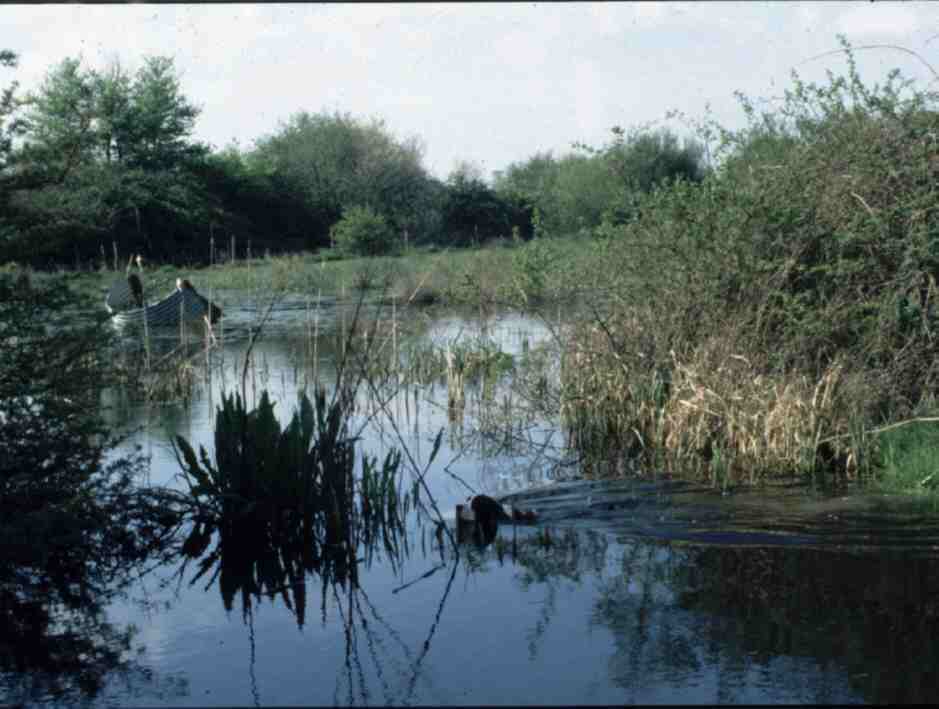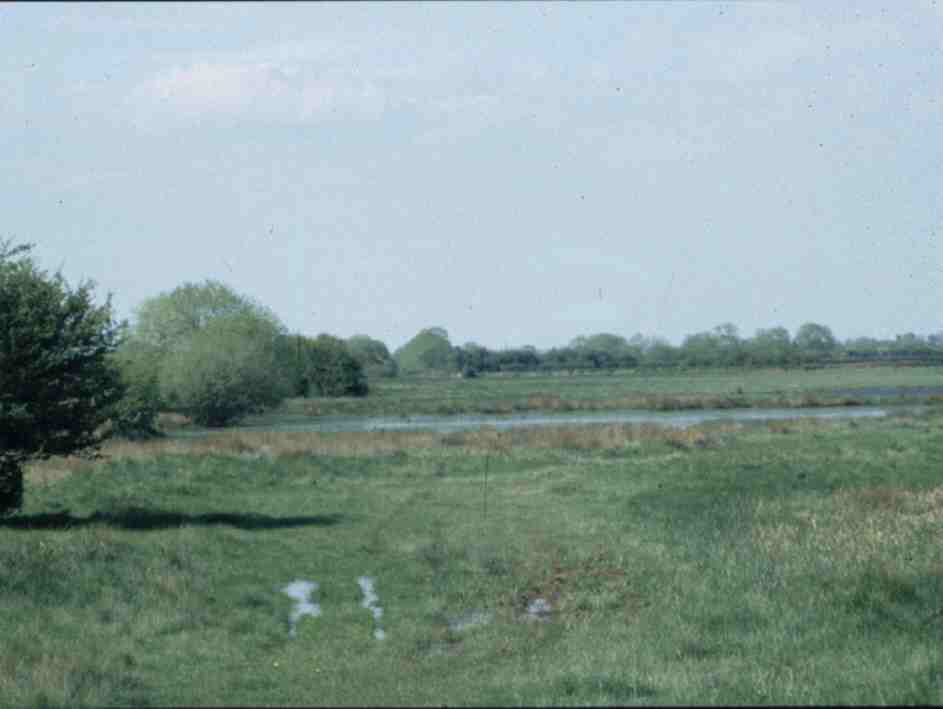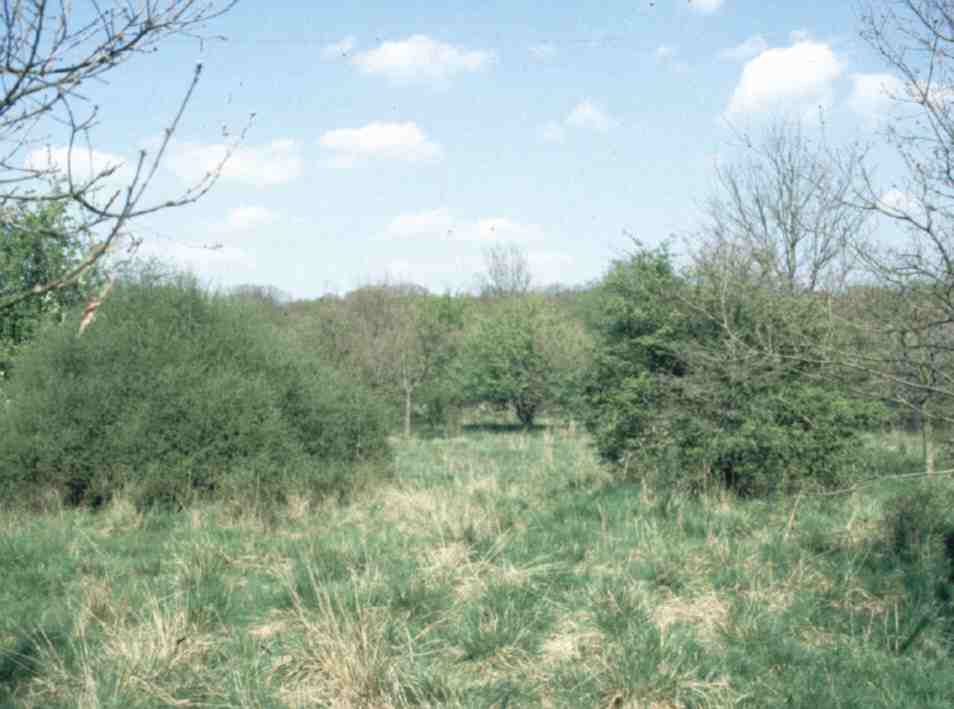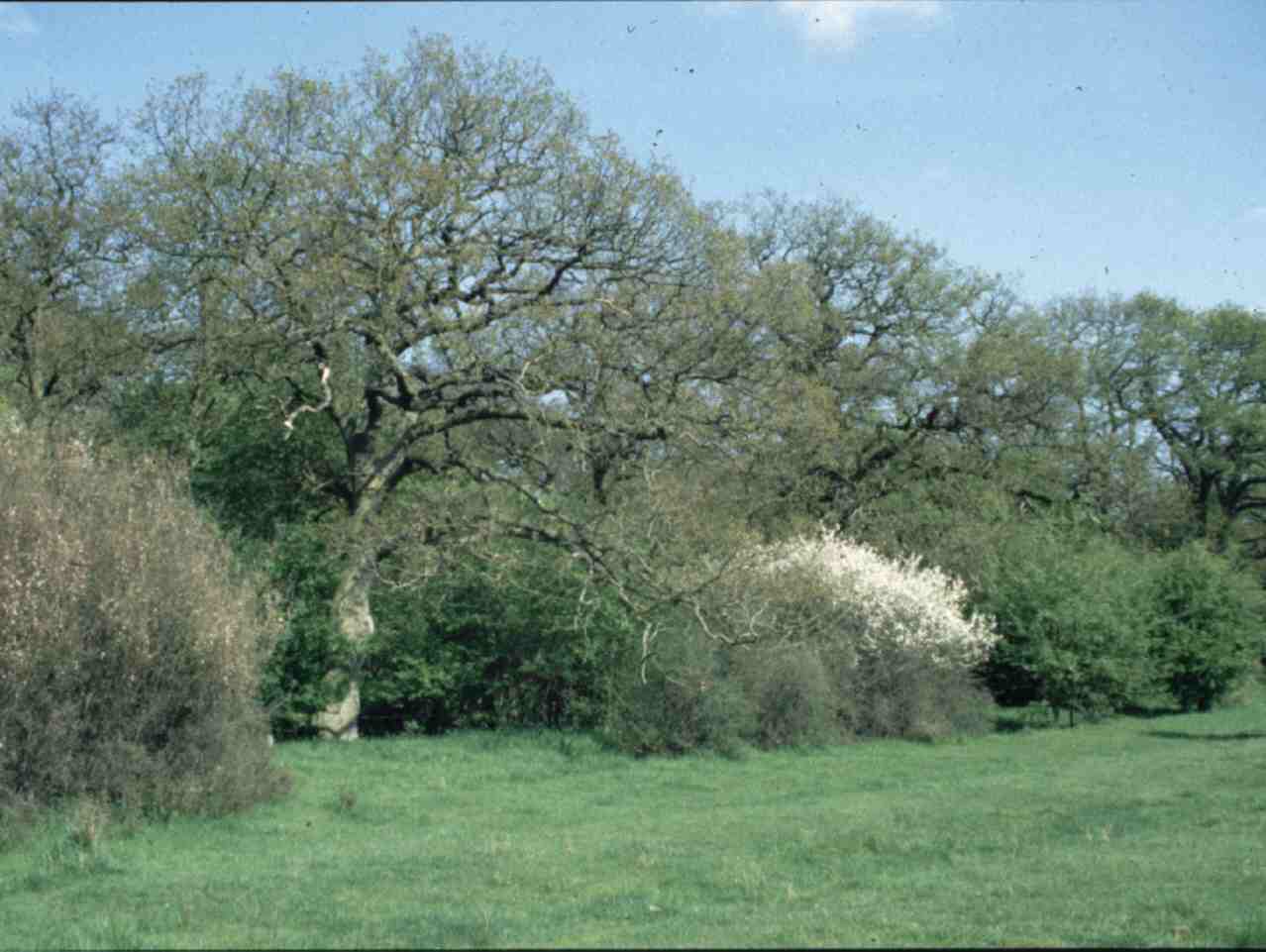
What is Otmoor?
"For some minutes Alice stood without speaking, looking out in all directions over the country .... I declare that it is marked out like a large chessboard!" (Charles Dodson alias Lewis Carroll 1832-1898 lived in Beckley overlooking Otmoor) See Otmoor in Wonderland
See map of Otmoor showing field names
Otmoor is described in Dunkin's History of Oxfordshire
Otmoor was possibly named after a person called Otta and was originally known as Otta's Fen. However history does not record who Otta was. The oldest map dated 1641 has it as Oat Moor so the origin of the name is still open to speculation. Otmoor is an area of about 4000 acres of fenland fed by the River Ray. The Romans built a road across the moor and it was probably drier then. In fact it may not have been until the 17th century that it became flooded in winter following an earthquake in 1666 that either lowered the moor or increased the height of the outflow of the river Ray. The Moor was partly drained and fenced in the early 19th century leading to riots by local people protesting against the loss of the grazing rights and ability to catch wildfowl for the pot.
The draining was never very affective and another attempt was made in 1970, that included electrical pumping stations.
Today much of the flood area has been taken over by the Royal Society for the Protection of Birds and the same pumps are being used to pump water back into the area.
Much of Otmoor was used as an RAF bombing range from about 1932. This resulted in a large area being allowed to return to natural habitat. Much of the area is still owned by the Ministry of Defence as the danger area for the rifle range.

Part of Otmoor once used as a bombing range
It is thanks to the MOD that Otmoor this area is now a Site of Special Scientific Interest (SSSI) with unique wildflowers and bird breeding habitat. Fowl's Pill at the centre of the Moor is a pond that is fed by flood water only, and has not been polluted by drainage off the surrounding fields, this pond contains a selection of rare pond life.
The MOD added to Fowls Pill in 1991 with the formation of shallow scraped known as the New Pill.

Fowls Pill on the MOD land
Careful grazing and water level management has contributed to an increase in breeding birds such as Curlew, Redshank, Snipe and Lapwing. Breeding duck have included: Mallard, Teal, Shoveler, Pochard, Gadwall and Pintail. Red-crested Pochard bred in 1998 with in the late 1980's a pair of Garganey attempted to breed before their particular pond was filled in by the farmer. This area has now been developed by the RSPB and it is hoped that the Garganey will return.

Scrubland on the MOD land with breeding Grasshopper Warblers, Willow Warbler, Chiffchaff, Blackcap, Whitethroat and Lesser Whitethroat
Otmoor also has woodland and scrubland that has hosted interesting birds such as Nightingale, Grasshopper Warbler and Stonechat.

The Spinney
The woodland with the Oak Trees and Blackthorn provides the habitat for the Black Hairstreak Butterfly. Grass Snakes are fairly common and mammals include Munjak and Roe Deer while Fallow Deer stray from nearby woods. Badger, Fox, Grey Squirrel and Hare are also present . Toads, Frogs and Newts have declined in recent years and it is rare to find frogspawn in the Otmoor ditches. In the 1980s Frogspawn was common but is hard to find today outside the RSAPB reserve. This is probably due to high level of nitrates washed from surrounding fields. The RSPB reserve has addressed this problem as the water in the reserve is nearly all rain water and the wet areas are protected by the old drainage bunds.
What is Otmoor? Chris Cheetham's view